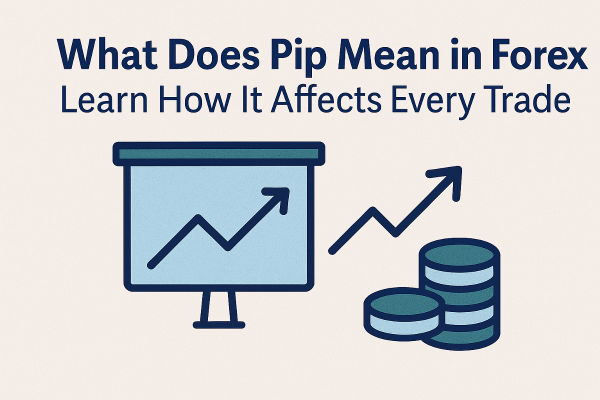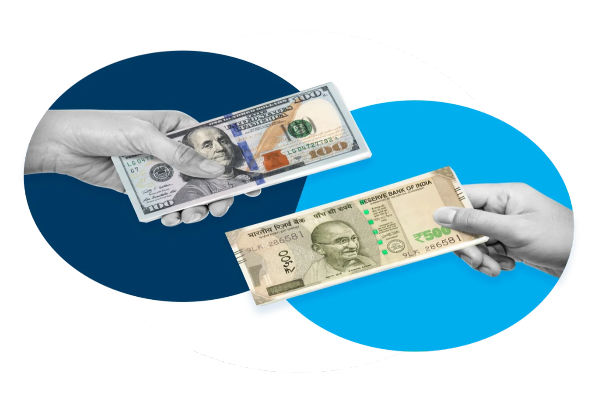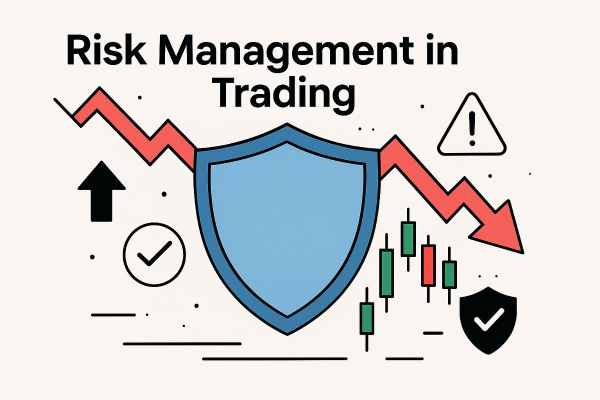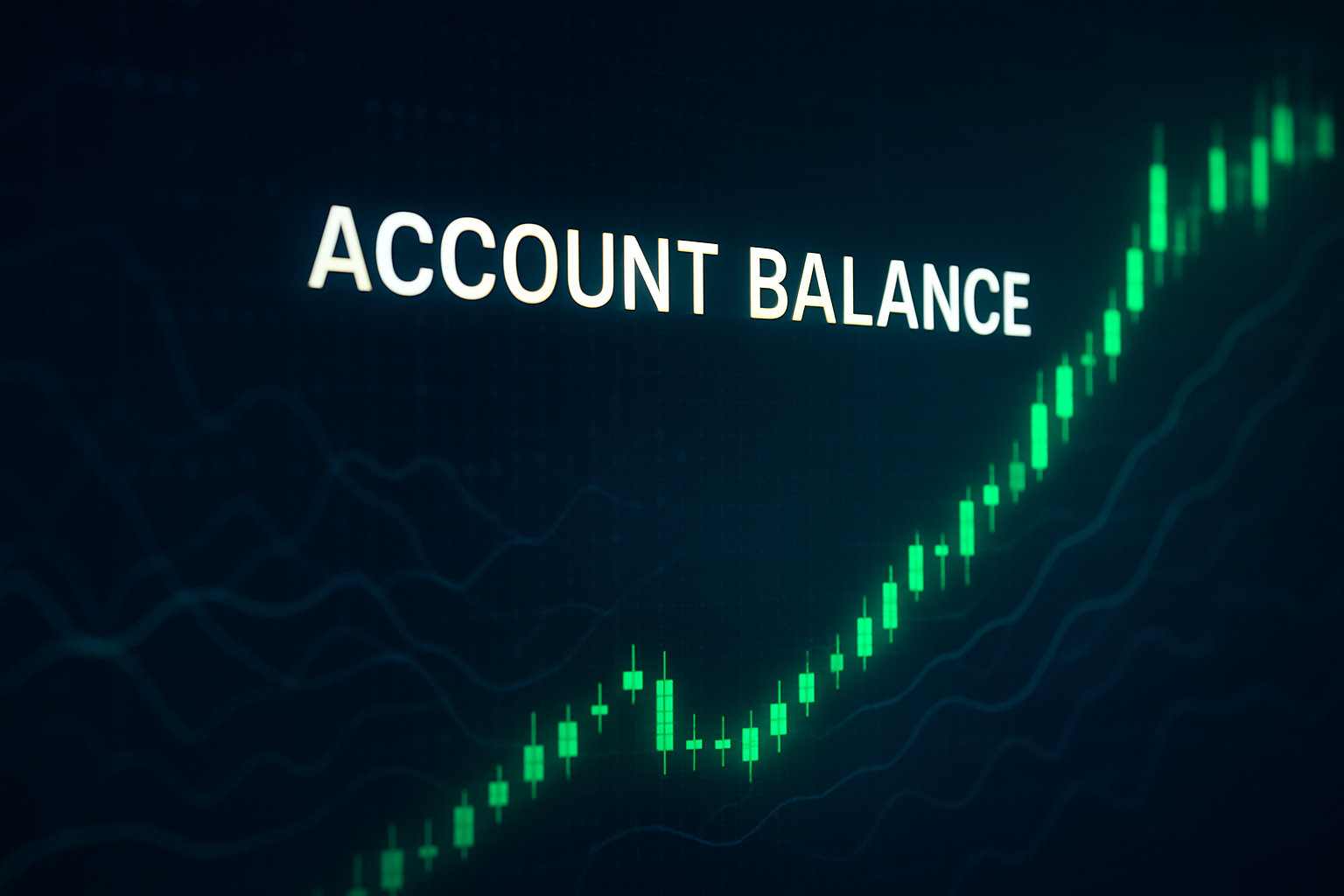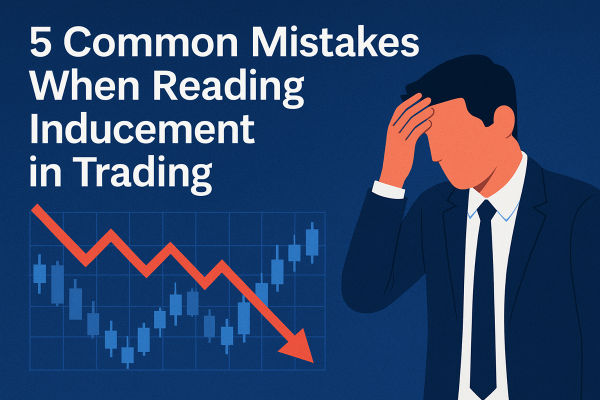If you imagine trading as a journey, pips are the footsteps that measure your progress. Each pip may seem tiny on its own, but together, they chart the path to profit or loss. For every trader, from a beginner placing their first position to a professional managing a portfolio, pips are the common language that describes every price change in the forex market.
Pips define precision in forex trading. They quantify movement, risk, and potential return. Even though they measure fractions of a cent, their impact can be magnified through leverage. Understanding what a pip is and how it affects your trades is one of the most important first steps for anyone entering the forex market.
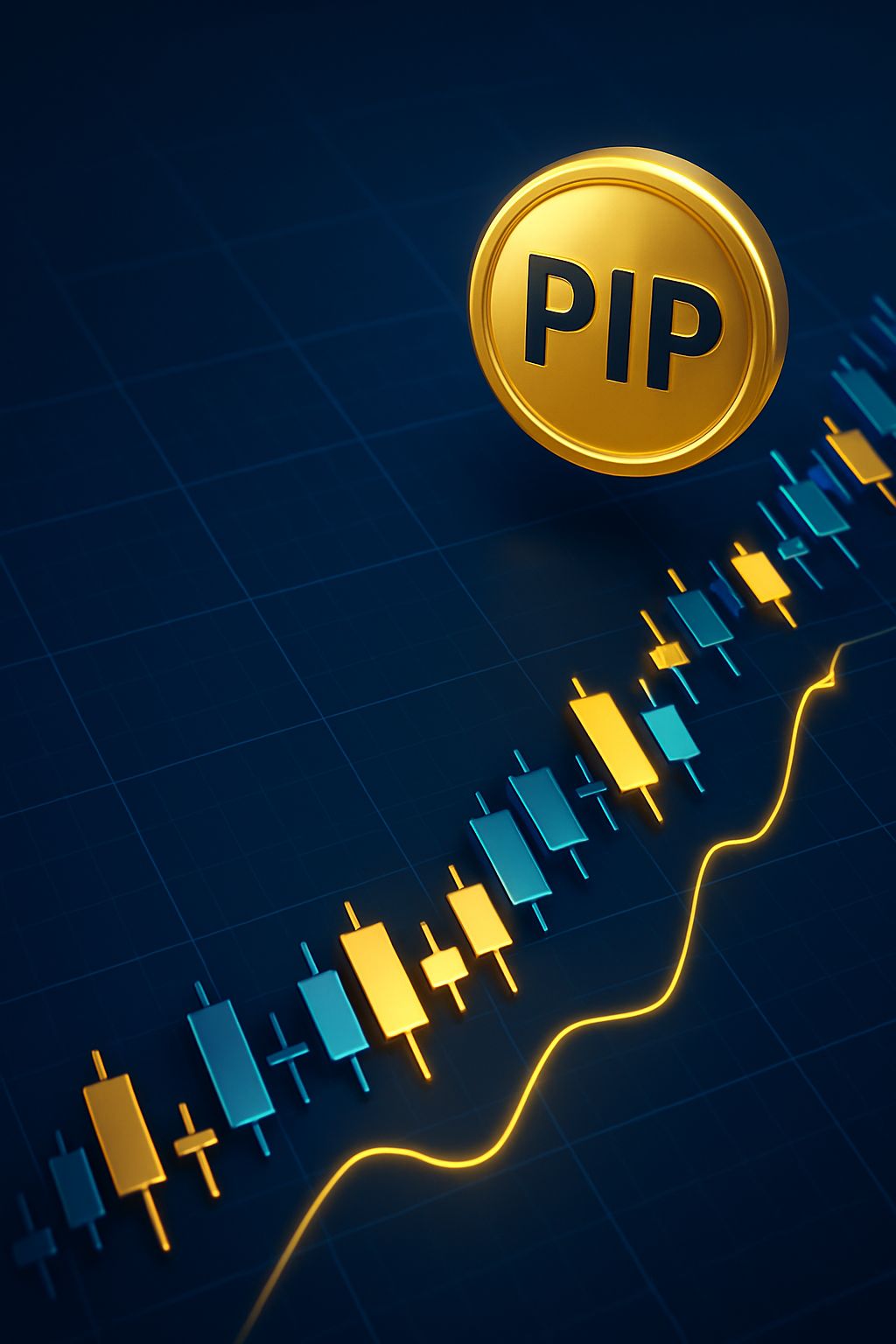
Definition: What Is a Pip in Forex?
A pip, short for “percentage in point” or “price interest point,” is the smallest standardised change in the price of a currency pair. In most major pairs, one pip equals 0.0001. For pairs involving the Japanese yen, such as USD/JPY or GBP/JPY, one pip equals 0.01 because the yen is valued much lower than other major currencies.
For example, if EUR/USD moves from 1.1050 to 1.1051, it has moved one pip. These small movements might seem insignificant, but when trading in large volumes, even a few pips can make a big difference in profit or loss.
Forex brokers often display rates with an extra decimal — called a pipette — to show even smaller movements (one-tenth of a pip). So, a quote might read 1.10508, where the final digit represents a fraction of a pip.
How to Calculate Pips
Calculating pips helps traders measure performance and risk accurately. The pip value depends on the currency pair being traded, the size of the trade (lot size), and the exchange rate.
Formula for Pip Value
Pip Value = (One Pip / Exchange Rate) × Lot Size
Let’s take an example:
Pip Value = (0.0001 / 1.1000) × 100,000 = 9.09 USD per pip
That means a one-pip move equals roughly 9.09 US dollars. For smaller trades, such as a mini lot (10,000 units) or a micro lot (1,000 units), the pip value would be proportionally smaller.
In the case of a yen pair such as USD/JPY at 155.20, one pip equals 0.01. So for a standard lot:
Pip Value = (0.01 / 155.20) × 100,000 = 6.44 USD per pip
Understanding these calculations helps traders plan stop-loss levels, take-profit targets, and position sizes more accurately.
Why Pips Matter in Forex Trading
Every trade in forex is ultimately measured in pips. They determine how much you gain or lose when the market moves. The spread, which is the difference between the bid and ask price, is also quoted in pips, so the tighter the spread, the lower your cost.
Leverage magnifies the importance of pips. A small pip change can result in large profits or losses. For example, with 50x leverage, a 20-pip movement in your favour could yield a substantial gain, but the same move against you could result in an equally large loss.
In 2025, with forex volatility averaging higher than pre-pandemic years, traders increasingly rely on precise pip management to control risk. Major pairs such as EUR/USD often fluctuate between 70 and 100 pips per day, while GBP/JPY can swing over 150 pips in volatile sessions.
Pips vs Points vs Pipettes
While these terms sound similar, they serve different roles:
Pip: The standard measurement of price movement.
Point: Sometimes refers to a full pip or, in stock trading, to a one-unit price change.
Pipette: One-tenth of a pip, allowing more precision in pricing.
For example, if EUR/USD rises from 1.10508 to 1.10518, it has moved one pipette. Understanding these distinctions helps traders interpret charts and order tickets correctly.
Real-Life Example: How a Pip Determines Profit and Loss
Imagine you buy one standard lot (100,000 units) of GBP/USD at 1.2750. After a Bank of England policy announcement, the pair climbs to 1.2800 — a 50-pip increase.
Profit = 50 pips × 10 USD per pip = 500 USD
Now imagine the market drops instead to 1.2700. That same 50-pip move now represents a 500 USD loss.
This simple example shows how every pip directly translates into real money, making pip awareness essential for risk management and strategic execution.
Common Mistakes Traders Make with Pips
1. Ignoring Pair Differences
Some traders assume every pip has the same value, which is incorrect. JPY pairs, for example, have different pip structures. Not adjusting for these differences can distort risk calculations.
2. Overlooking Leverage Impact
Leverage multiplies pip movements. A small 10-pip loss can turn into a significant account drawdown when high leverage is used. Beginners often underestimate how quickly losses can compound.
3. Confusing Pips with Points
New traders sometimes use “points” and “pips” interchangeably, leading to mistakes in setting targets or stop-loss orders. A point in forex can mean different things depending on the broker’s quoting system.
4. Forgetting the Spread
If the spread on EUR/USD is 2 pips, you start each trade slightly negative. Ignoring spreads means underestimating how far price must move before a position becomes profitable.
5. Failing to Convert Pip Value in Base Currency
Traders need to account for account currency. If your account is in pounds but you’re trading USD/JPY, the pip value must be converted back into GBP to calculate your actual profit or loss.
FAQs About Pips
Q1. What does pip stand for in forex trading?
Pip stands for “percentage in point.” It represents the smallest standardised price movement in a currency pair, typically the fourth decimal place for most pairs.
Q2. How much is one pip worth?
The value depends on the currency pair and lot size. For a standard lot of EUR/USD, one pip usually equals about 10 US dollars. For a mini lot (10,000 units), it equals roughly 1 US dollar.
Q3. How are pips different from points or ticks?
A pip measures a specific movement in forex pairs, while a point may refer to a whole unit in stock prices or other markets. A tick is the smallest possible movement in futures or commodities, not standardised like a pip.
The Big Picture: Why Pips Define Trading Discipline
Pips form the grammar of forex trading. They allow traders to speak a common language of precision, strategy, and risk management. Every professional measures success not in pounds or dollars but in consistent pip gains, because pips adjust naturally for trade size and market volatility.
In 2025, as algorithmic trading and AI-assisted tools dominate the forex landscape, human traders still rely on pips as the clearest signal of performance. Whether using MetaTrader or advanced trading dashboards, pip-based metrics continue to anchor decisions, strategies, and risk frameworks. A trader who understands pips understands movement, and that is the foundation of trading success.
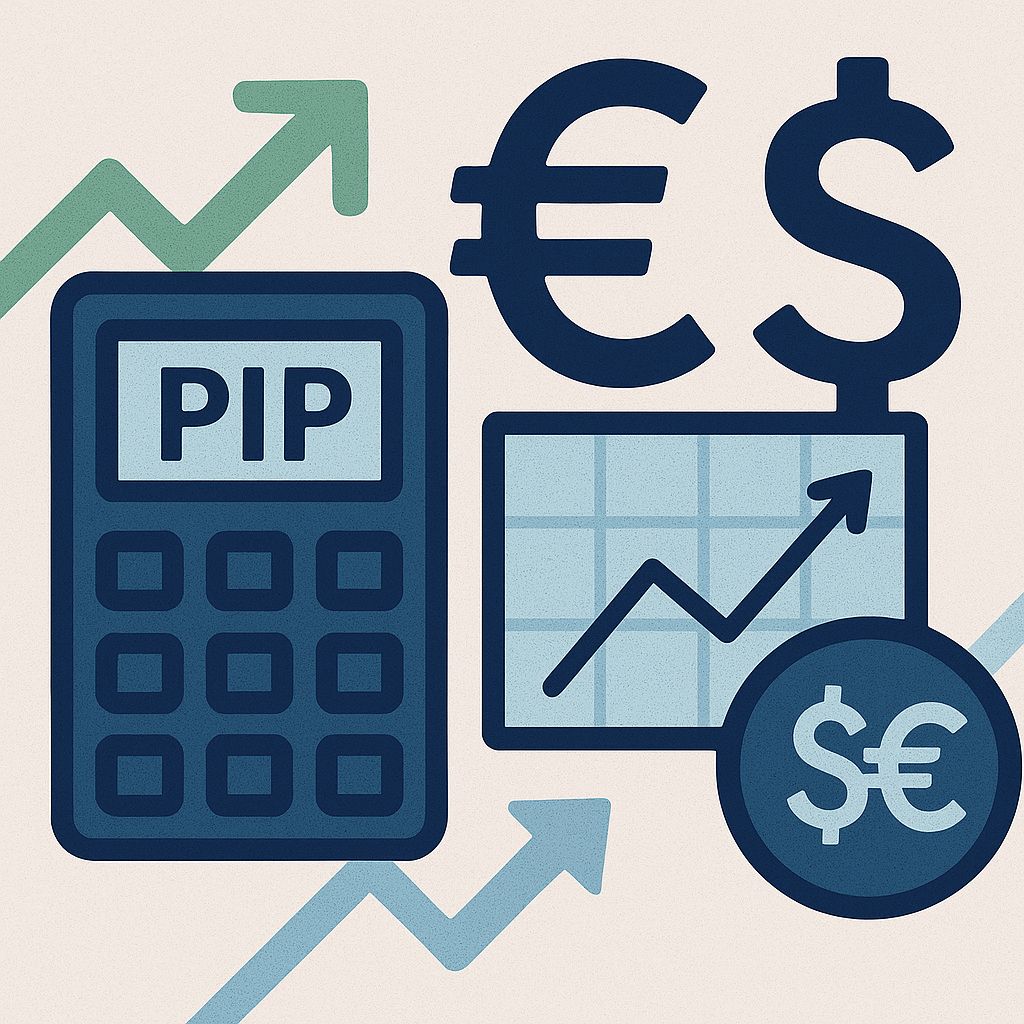
Mini Glossary: Quick Takeaway
Pip: The smallest standardised price movement in a forex pair.
Pipette: One-tenth of a pip, used for more precise price quotes.
Spread: The cost of trading, measured as the difference in pips between bid and ask.
Lot: The size of a trading position that determines pip value.
Leverage: A tool that multiplies exposure, amplifying both pip-based gains and losses.
Disclaimer: This material is for general information purposes only and is not intended as (and should not be considered to be) financial, investment or other advice on which reliance should be placed. No opinion given in the material constitutes a recommendation by EBC or the author that any particular investment, security, transaction or investment strategy is suitable for any specific person.
